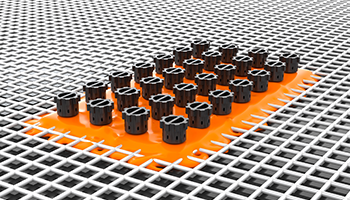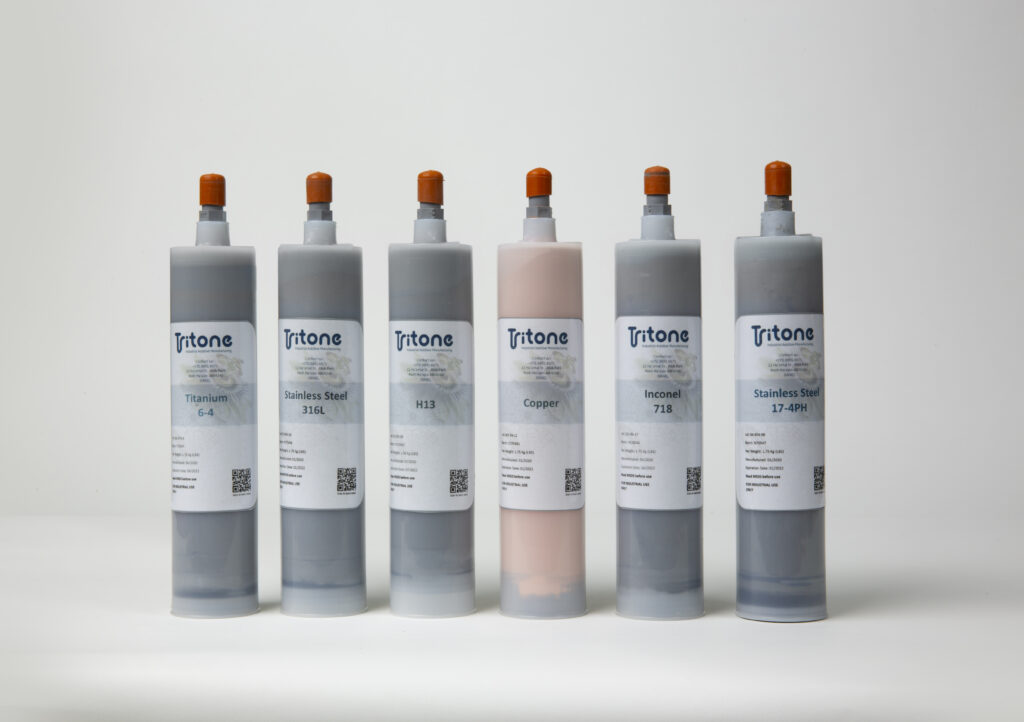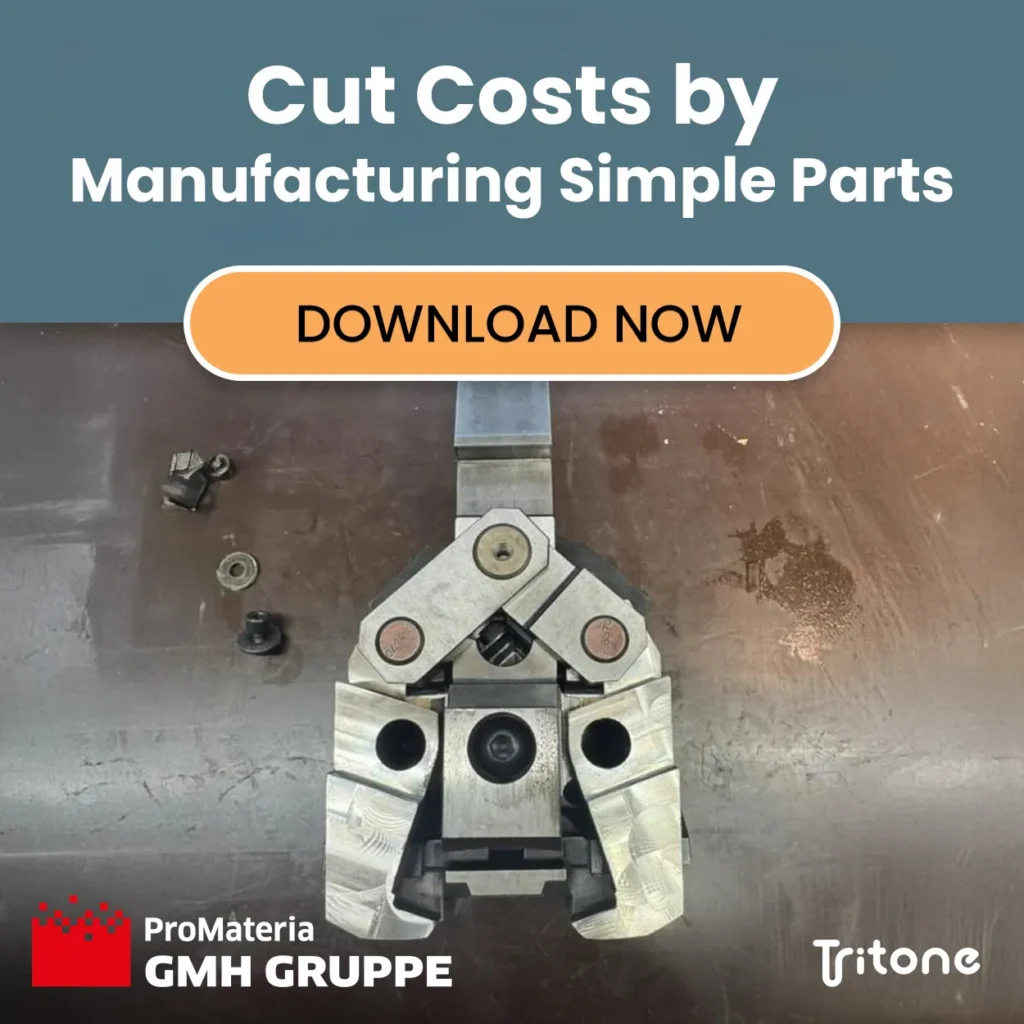
When it comes to manufacturing, workplace health and safety should always be a top priority. This holds especially true when choosing additive manufacturing solutions. Here are some essential health and safety considerations to help businesses make informed decisions:
- Efficient Production Timelines: Streamlined production timelines contribute to a safer and more efficient work environment. Which AM technologies offer rapid build processes that not only boost productivity but also reduce prolonged exposure to workplace hazards?
- Powder Management: How can different AM technologies manage powder effectively to minimize airborne particles and promote worker well-being. Companies need to implement specialized powder handling and cleaning protocols with the selected technology to effectively manage any powder dispersion during the manufacturing process.
- Accessible Support Services: Ready-to-go available support and maintenance services to promptly address any issues and mitigate the risk of accidents and injuries.
- Machine Safety Features: Evaluate the safety features of different AM technologies. Machines should be equipped with automated shutoffs, emergency stops, and physical safeguards to protect operators from moving parts and high-temperature components.
Safety Standards by Technology

LPBF
Safety is paramount in Laser Powder Bed Fusion (LPBF) due to the high-energy lasers used, which require stringent controls to prevent risks such as burns or eye injuries. Comprehensive safety training, restricted access zones, and the use of specialized PPE, like laser safety goggles, are essential for protecting operators. In addition, the technology’s reliance on fine metal powders, which can become airborne during the printing process, presents additional challenges, as these materials can be hazardous if inhaled
Binder Jetting
Like LPBF, Binder Jetting also utilizes powders that may become airborne, posing potential inhalation risks. As mentioned, it is crucial to install effective ventilation systems to capture these particles and vapours, safeguarding the respiratory health of workers. Moreover, the binders used in this process can be flammable, necessitating stringent adherence to storage and handling protocols. Proper training and fire prevention strategies are essential to mitigate these risks and maintain a secure working environment.
MoldJet
The paste-based system reduces the risks associated with airborne particles, common in other additive manufacturing solutions. By eliminating loose powder, MoldJet not only prevents the inhalation of fine particles but also removes the need for extensive safety measures such as specialized ventilation systems and personal protective equipment (PPE). Additionally, the technology allows for cleaner and more streamlined production lines, with reduced material waste and easier cleanup, enhancing overall operational efficiency.
Key Advantages of Metal Paste Over Metal Powder in AM
In the world of additive manufacturing, material choice significantly impacts safety, efficiency, and the overall quality of the final product. While many companies opt for metal powders, there is an emerging focus on metal paste, which presents distinct advantages worth exploring.
What a Paste Feedstock Comes to Solve
Metal paste technology presents a compelling alternative to metal powders. By using a paste feedstock, manufacturers can significantly reduce the risks associated with fine particle handling. This shift not only improves safety but also simplifies storage and transportation, as pastes are less likely to create explosive atmospheres.

Using a Paste Feedstock
Safety: Metal paste eliminates the fire risks associated with powders, making it a safer option for operators and facilities.
Precision: The consistency of paste allows for better control during the printing process, which enhances print quality and intricate details.
Reduced Waste: Paste technology tends to produce less material waste compared to powder processes, contributing to greater cost efficiency.
Versatility: Metal paste can be tailored for various applications, providing flexibility across different industries, from jewelry design to industrial parts manufacturing.
Material Changeover: Switching materials in AM machines can be a long process, often taking weeks for thorough cleaning and preparation. Using paste feedstock significantly reduces this downtime to just a few hours, boosting efficiency and flexibility
Streamlined Material Changeover, Reduced Costs
The process of switching materials in AM machines can take weeks, leading to significant downtime and expense. Paste feedstock offers a streamlined solution, reducing material changeover time to just a few hours and minimizing associated costs.
Ultimately, while metal powders are prevalent in additive manufacturing, the advantages of metal paste technology could redefine safety and efficiency standards in the industry. As the landscape of manufacturing continues to evolve, innovative solutions like metal paste are paving the way for safer and more sustainable practices.
Ready to experience unmatched quality and efficiency for yourself: Visit our website now to check out our innovative product and take your manufacturing to the next level. Don’t miss out – explore Tritone today!
